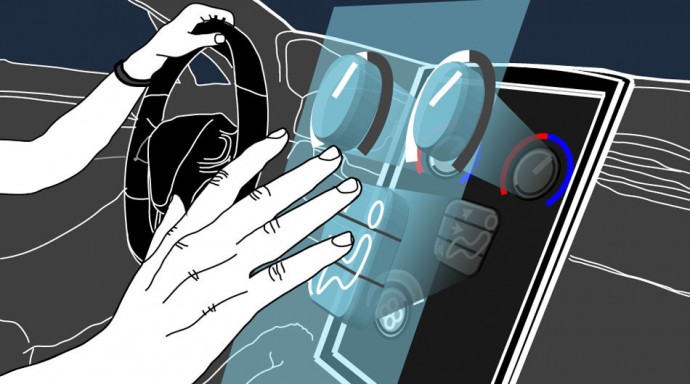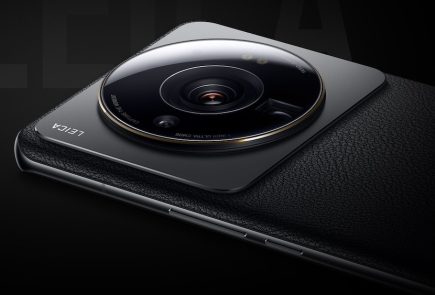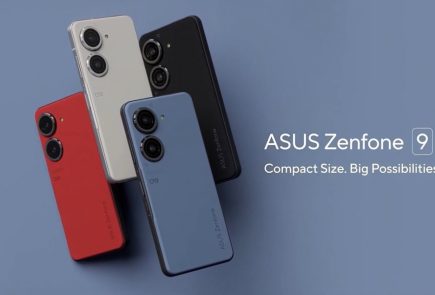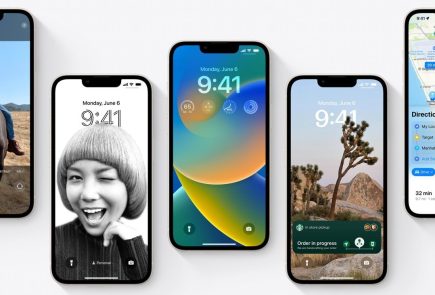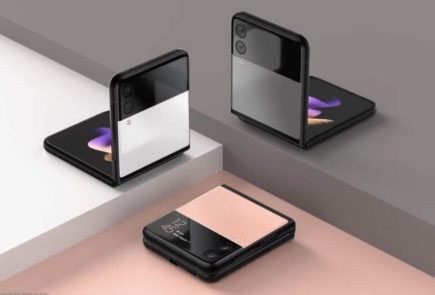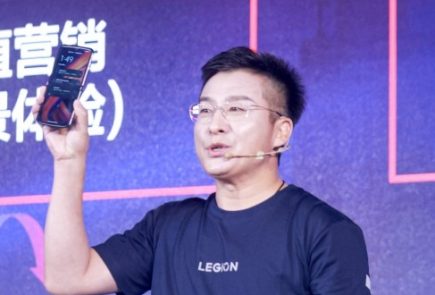Haptic Hologram Tech Makes Star Trek’s Holodeck a Reality
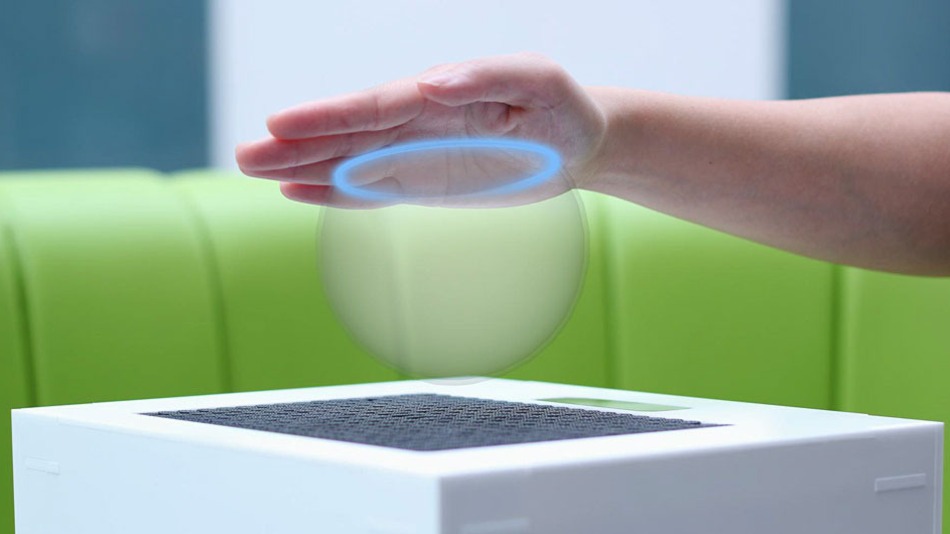
Well, it’s time we touch the concept of haptic hologram technology which Star Trek introduced to us 20 years ago in the pilot episode of Star Trek: The Next Generation, ‘Encounter at Farpoint’. An English company called Ultrahaptics has developed a method of delivering haptic feedback for holographic imagery using ultrasonic technology.
The new technology, basically lets you feel without touching. Using ultrasound to project sensations into the air, this new technology is more sophisticated than what is shown in the Steven Spielberg’s adaptation of Philip K. Dick’s Minority Report where Tom Cruise needed gloves to feel the sensation.
Originally developed in University of Bristol, the developers of the sophisticated system claim that it can deliver different haptic feedback and virtually tactile shapes through ultrasonic waves by changing the feedback of the ultrasonic waves or their modulation frequency.
The potential of the technology is huge. It could be used in markets such as consumer electronics, games, household appliances and the car industry. A coffee machine that switches on with the wave of a hand from your bed, perhaps. Adding a sense of touch as well as sight and sound will make it easier to completely immerse in virtual reality.
And the ability to feel the shape of virtual objects could open a whole lot of new possibilities in various fields of research such as doctors could use their hands to examine a lump detected by a CT scan or museum visitors could handle virtual replicas of priceless exhibits while the real thing remains safely behind glass.
Ultrahaptics is based at Bristol and has been awarded £600,000 to hire more developers and fine tune its remarkable technology. Although the current version of the technology works in a lab setting, developers said that they would have to wait a bit longer to see some of the commercial applications of the technology.
















